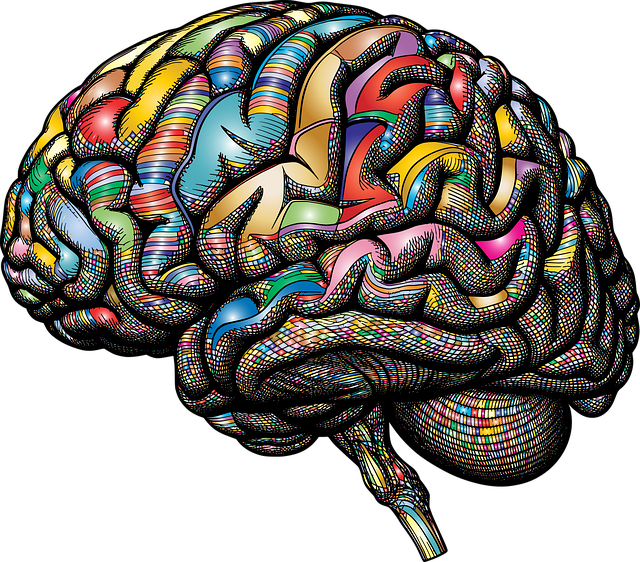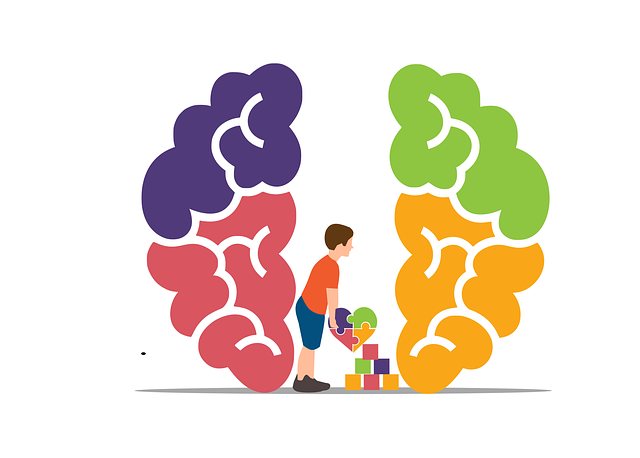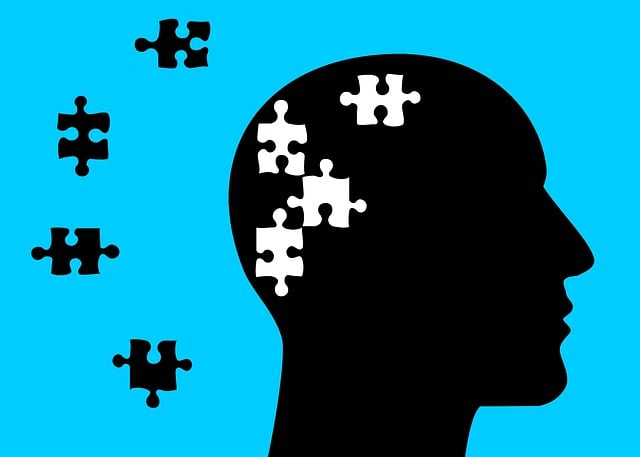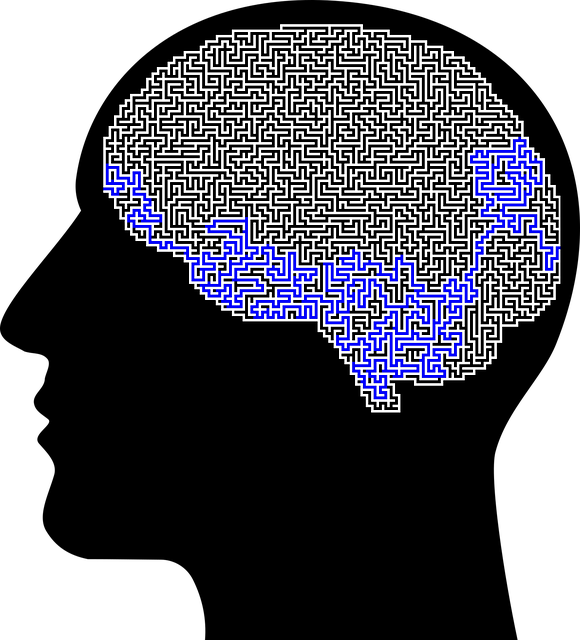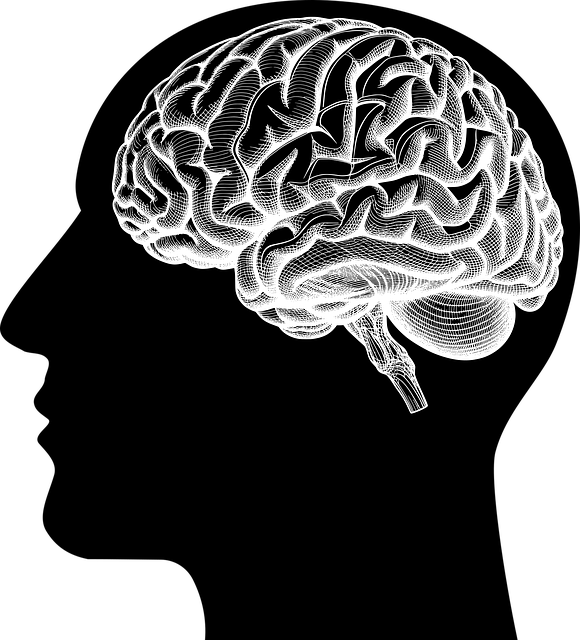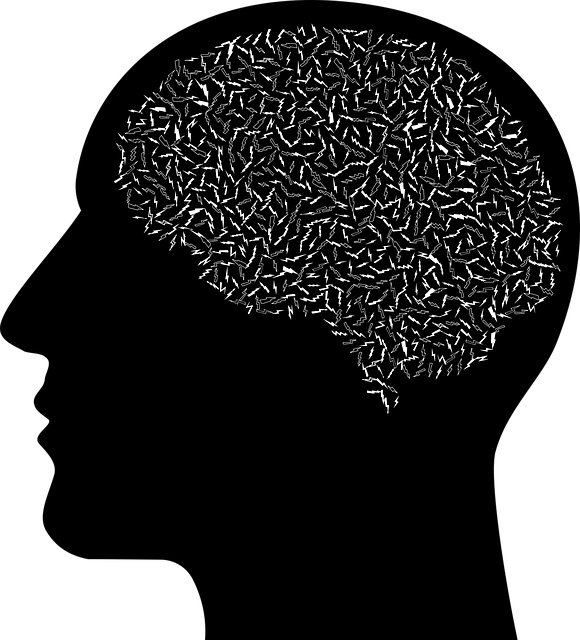Understanding Mental Health Data is crucial for addressing complex issues like Boulder Adjustment Disorder Therapy (BADT). Effective data collection involves gathering information from medical records, patient surveys, and therapy sessions. This raw data must be meticulously prepared, using standardized tools and reliable assessment scales, to identify trends, patterns, and correlations in mental health conditions. Analyzing these data enables therapists to develop tailored interventions, optimize treatment plans, and foster a successful therapeutic environment for BADT patients, integrating self-care practices and emotional intelligence techniques based on individual needs. This evidence-based approach enhances patient outcomes and promotes holistic well-being within communities.
Mental health data analysis has emerged as a powerful tool for understanding and improving well-being. This article explores the art of extracting insights from mental health data, focusing on collection, preparation, statistical analysis, and interpretation. We delve into actionable strategies derived from trends, highlighting a case study on Boulder Adjustment Disorder Therapy, demonstrating how data-driven approaches can revolutionize mental healthcare practices. Discover the potential to transform lives through informed decision-making.
- Understanding Mental Health Data: Collection and Preparation
- Analyzing Trends: Uncovering Insights with Statistical Methods
- Interpreting Results: Translating Data into Actionable Strategies
- Boulder Adjustment Disorder Therapy: A Case Study in Data-Driven Practice
Understanding Mental Health Data: Collection and Preparation

Understanding Mental Health Data is a crucial first step in any analysis, especially when navigating complex issues like Boulder Adjustment Disorder Therapy. Effective data collection involves gathering information from various sources—medical records, patient surveys, therapy sessions, and more. This raw data must then be meticulously prepared for analysis, ensuring accuracy, consistency, and relevance. Standardized measurement tools and reliable assessment scales are essential to obtain comparable insights across different individuals and contexts.
A well-prepared dataset allows professionals to identify trends, patterns, and correlations in mental health conditions. For instance, analyzing self-care practices (a key component of Trauma Support Services) through structured questionnaires can reveal effective Self-Care Routine Development strategies for enhancing overall well-being. This process requires a deep understanding of the data’s implications and limitations, ensuring that interpretations are valid and applicable to real-world scenarios.
Analyzing Trends: Uncovering Insights with Statistical Methods

Analyzing Trends is a crucial aspect of mental health data interpretation, allowing professionals to uncover valuable insights and inform treatment strategies. By employing statistical methods, therapists can identify patterns within individual cases or across larger populations suffering from conditions like Boulder Adjustment Disorder Therapy (BADT). This process involves examining trends in symptoms, treatment responses, and recovery rates over time.
For instance, a therapist might analyze data to reveal that certain interventions, such as Social Skills Training or Mindfulness Meditation, consistently lead to improved outcomes for patients with BADT. Moreover, understanding these trends enables healthcare providers to develop effective burnout prevention strategies for themselves, ensuring they can offer optimal care while maintaining their well-being. This evidence-based approach not only benefits the patients but also fosters a more sustainable and successful therapeutic environment.
Interpreting Results: Translating Data into Actionable Strategies

Interpreting data is a critical step in mental health analysis, as it transforms raw numbers and statistics into actionable insights. When analyzing results from treatments like Boulder Adjustment Disorder Therapy, professionals can identify patterns and trends within the patient population. This process involves meticulous scrutiny of various factors such as treatment duration, client demographics, and specific symptoms addressed. By understanding these relationships, therapists and researchers can develop tailored interventions.
For instance, through data analysis, one might uncover that certain coping skills development techniques are more effective for managing anxiety than others. Similarly, evaluating the impact of mindfulness meditation practices could reveal significant improvements in emotional healing processes among a particular subgroup. These findings can guide clinical decisions, shaping treatment plans to better serve individual needs and ultimately enhance therapeutic outcomes.
Boulder Adjustment Disorder Therapy: A Case Study in Data-Driven Practice

Boulder Adjustment Disorder Therapy (BADT) is a compelling example of how data analysis can transform mental health care. This approach leverages structured assessments and evidence-based interventions to provide personalized support for individuals struggling with adjustment disorders. By collecting and analyzing data on symptoms, triggers, and treatment responses, therapists gain insights that inform tailored therapy plans. For instance, BADT incorporates self-care practices and emotional intelligence techniques based on individual needs, enhancing traditional talk therapy.
The integration of data-driven practices within BADT extends beyond the therapy session. Stress Management Workshops Organization (SMWO), for example, employs similar principles to create workshops that equip individuals with effective coping mechanisms. By promoting Emotional Intelligence (EI) and encouraging Self-Care Practices, these initiatives empower participants to proactively manage stress and improve overall well-being. This data-informed approach not only enhances the effectiveness of interventions but also fosters a more holistic understanding of mental health within communities.
Mental health data analysis is a powerful tool for understanding and improving patient outcomes. By employing statistical methods, professionals can uncover trends and insights that guide actionable strategies. The case study on Boulder Adjustment Disorder Therapy demonstrates how data-driven practices can revolutionize treatment, emphasizing the importance of interpreting mental health data effectively. This approach ensures that care is tailored to individual needs, ultimately enhancing the overall well-being of patients.
